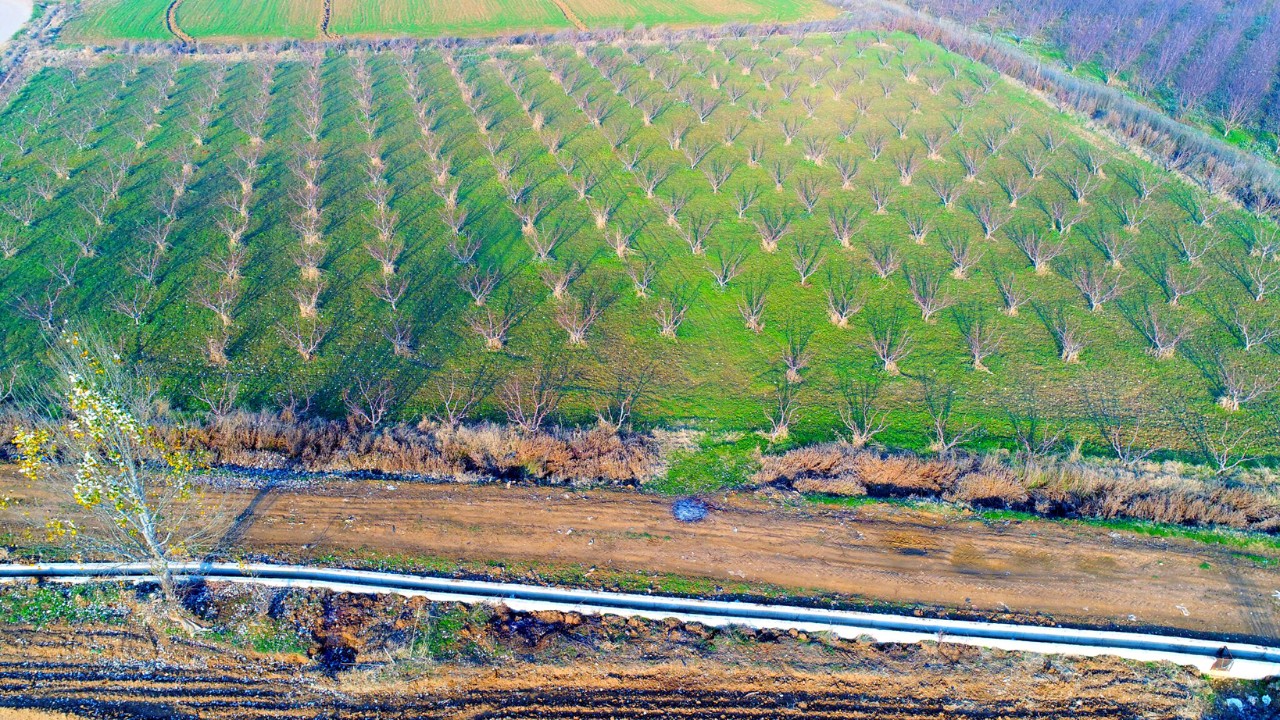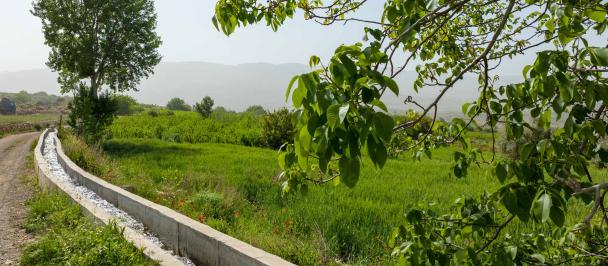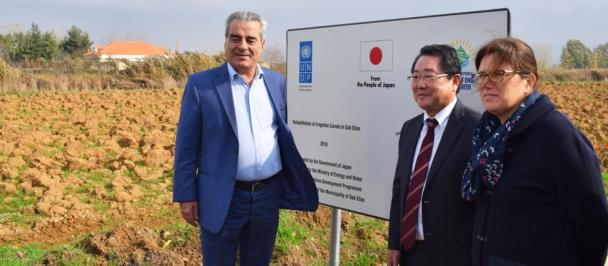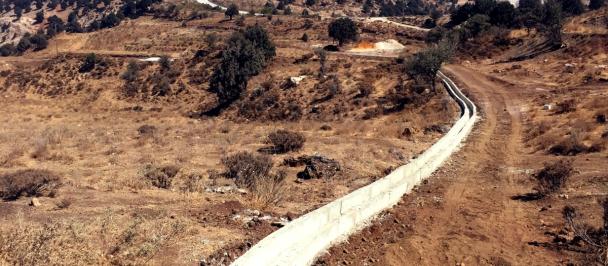Qab Elias: One of the most vulnerable cities in the Bekaa
January/4/2018
Lebanon, a country of 4.4 million inhabitants, has the highest per capita concentration of refugees in the world, hosting more than 1 million registered Syrian refugees (UNHCR, 2015). Consequently, there is a huge strain on the economy and infrastructure of the country. Moreover, most displaced Syrians live in poor and vulnerable cities and towns all over the country.
Qab Elias is a town in the district of Zahle in eastern Lebanon; it is the third largest city in the Beqaa Valley, after Zahle and Baalbek in terms of size and geography. The town has many historical and archeological treasures scattered around it. Qab Elias is hosting 35,000 Syrian refugees, equivalent to more than 60% of the resident population. The town is facing a lot of pressure, especially in terms of service provision such as water supply and poor irrigation networks.
In Qab Elias, around 60% of the population and 90% of the Syrian refugees living there depend on the agricultural sector for income. In fact, the economy of Qab Elias has long been built on agriculture. The town has the largest vegetable market in Lebanon with area of more than thirty five thousand square meters. The main agricultural crops under irrigation in the valley are eggplants, tomato, cabbage, potato, corn, and fruit trees in addition to some winter crops (barley and wheat).
Prior to the UNDP project, the earthen canals present in Qab Elias were in poor condition with weeds and garbage blocking the water flow, and high leakage rates because of cracks and porousness of the canals themselves. This had a negative effect on crop quantity and quality and decreased efficiency and benefit to the farmers.
The rehabilitation of the earthen canals by UNDP was funded by the Government of Germany and KfW, in cooperation with the Ministry of Energy and Water. The project replaced earthen canals with concrete ones which reduced water losses,increased the volume of water transferred to the agricultural land through the canals, and improved crop productivity. As a result, higher amounts of water are delivered to farmlands (600 ha directly and indirectly). The concrete canals also prevent weed growth, and carry cleaner and less contaminated water to the lands. In addition to that, the construction work for the canals created jobs for the displaced Syrians and the Lebanese population alike. Consequently, the construction of the concrete irrigation canals reduced the economic burden and financial cost incurred by the local community and the displaced Syrians as a result of flooding incidents that used to damage their housing units and tents, as well as it decreased the charges paid for water supply to irrigate their farms.

 Locations
Locations



